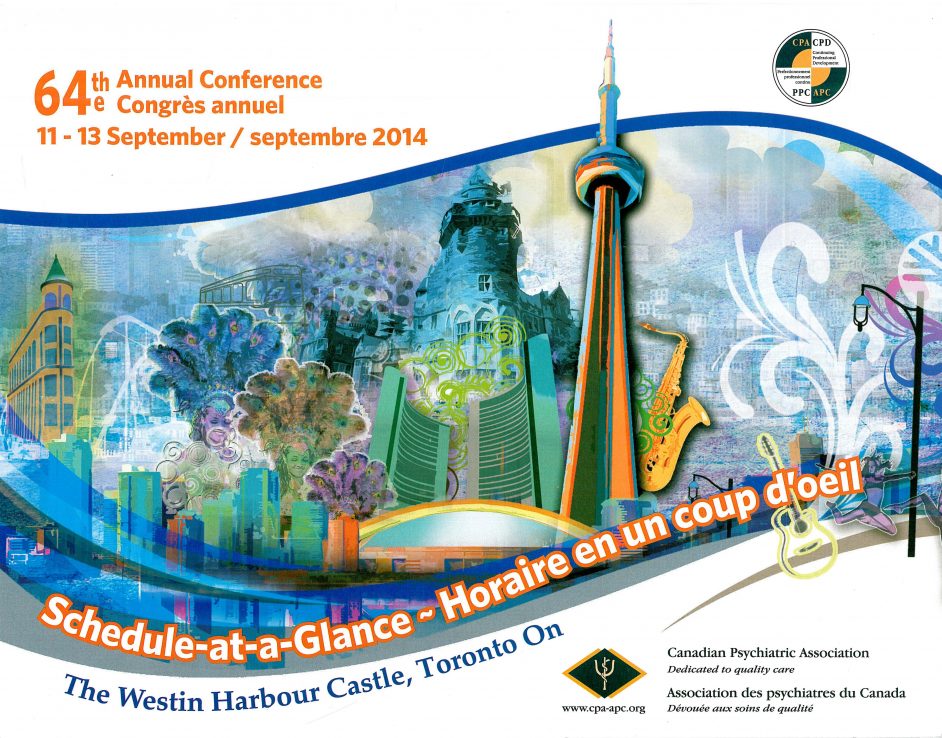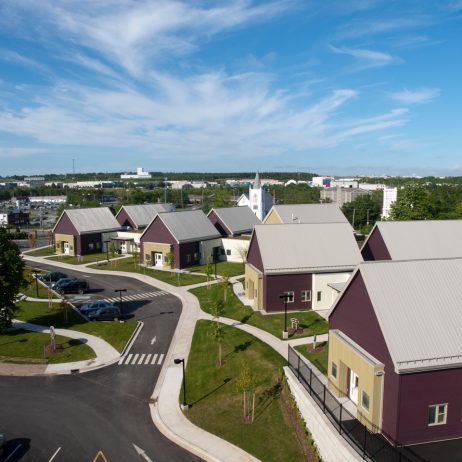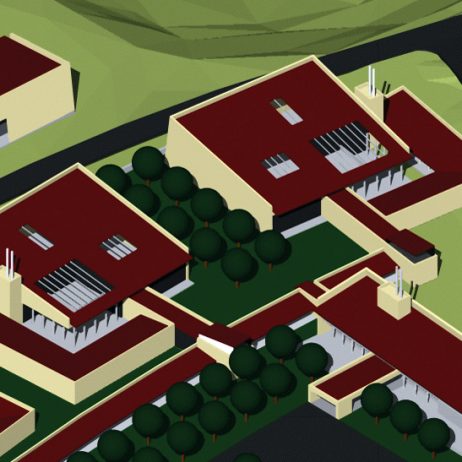On September 11, 2014, Benjie Nycum presented the R.O. Jones Memorial Lecture at the Canadian Psychiatric Association Annual conference in Toronto. Here is a bit from the original abstract:
In recent decades, the debate over institutionalization vs. de-institutionalization has highlighted the tensions that continue to exist between architecture and psychiatric care and treatment. This is nothing new: architecture and psychiatry have shared parallel and intertwined roles in the care and treatment of persons with mental illness for the past 200 years. For example, the influential Kirkbride asylum design formalized the theory that the built environment was a key factor in the cure of mental illness in the middle of the 19th century. Psychiatric architecture reflects moral beliefs and social systems of urbanization, community, shelter, control and our quest for utopia. It is therefore not surprising that they each address social issues with solutions that are usually prescriptive but occasionally utterly inspiring.
As the professions of psychiatry and architecture face the future, changes like virtualization, technology, convergence, integration, and availability of resources will drastically alter the social needs they serve. Present day Psychiatry will increasingly be unburdened by the need for space in which to do its work, providing an opportunity to lead all types of medical practice through the transformation of healthcare, society, and the built environment.


